Content Curation Guide: Definition, Examples, and Expert Tips

Running a website with a blog is a lot of work. You're constantly at some stage in the content production pipeline or paying people to be in that pipeline for you. It's a constant effort to keep a blog relevant, up to date, and generating value.
One trick many marketers use to help fill out their content creation calendars and engage their audiences is content curation. You may have heard of it before, or maybe not, but you've likely seen it around. Today, I've decided to dig deep and write an ultimate guide to content curation for businesses and brands. Want to curate high-quality content the right way? I'll teach you how.
First, let's start with the basics.
 30 Second Summary
30 Second Summary
You need to put in constant work to keep your blog relevant. Content curation can help you fill your content calendar and engage your audience better. When you curate content, you pick content made by others and share it while adding your own value to it. You can get many benefits when you curate content. It gives your followers more to read, helps you seem like a team player, saves time on content creation, builds your authority, makes you a go-to news source and helps you connect with influencers. You can share curated content on social media, in newsletters or on your blog.
What is Content Curation?
"Curation" is the critical word for our discussion today. It means:
"The action or process of selecting, organizing, and looking after the items in a collection or exhibition."
A museum curates the items inside it. Museums choose artifacts/art, organize, research, catalog, care for, repair/restore, and secure these items. However, the museum comparison isn't entirely accurate. With a museum, a piece of art or an artifact is displayed in one location only. With online content, you list it on your website without removing it from its original location.
The actual act of content curation is easy. You pick a piece of content produced by someone else. You curate that content on your feed, which could be as simple as retweeting it, or as complex as creating a roundup post. You add some value to it, so your audience sticks with you. Finally, you repeat the process as much as necessary. Some bloggers have great content fueled entirely by content curation, and others rarely (or never) curate anything. Most people are somewhere in between.
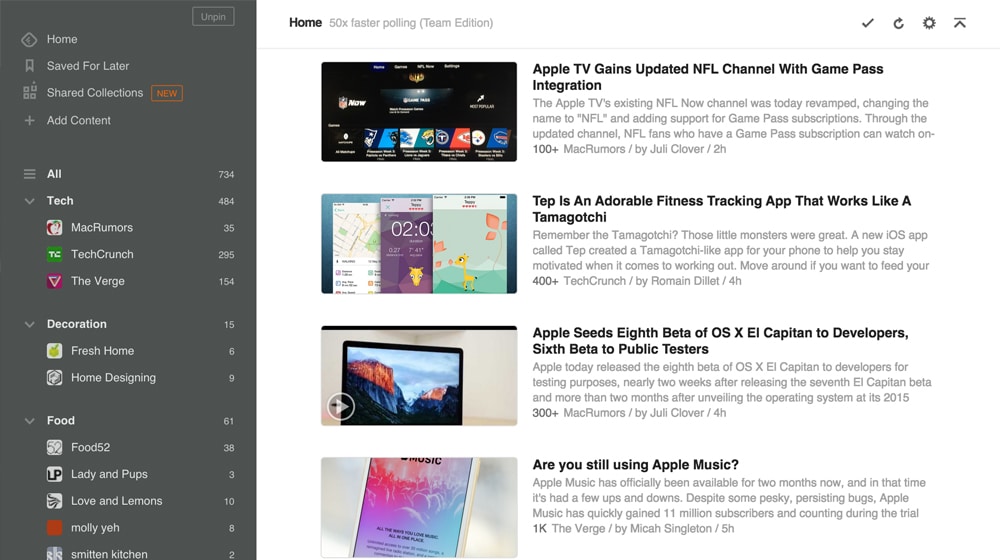
The idea of content curation for digital marketing is to give you a way to promote content to your audience, establish benefits for your brand, but minimize the time invested in filling out that editorial calendar. It helps fill gaps in your content flow while building up other benefits. What are those benefits?
Why You Should Curate Content
Content curation has a lot of benefits, but they aren't necessarily intuitive. I run into many businesses who believe that even so much as mentioning the existence of a competitor will somehow drive away their customers, so the idea of curating content is somewhat foreign to them.
(Side note: if you believe mentioning a competitor will cause you to lose customers, you need to look at why that is. Is your product so sub-par that the only way you can survive is by relying on people not knowing any better? Have some confidence; your customers are almost certainly aware of your competitors, and they chose you for a reason. You need to understand why, so you can capitalize on that. But that's all beside the point.)
Here are the primary benefits of curated content:
1. It gives your followers something more to read about than just you.
Let's be honest here; very few brands are interesting enough that people follow them just to read more about them. There are hardcore fanatics for brands like Disney or Coke, and there are people who follow sports teams as a lifestyle, but a small business? No one is making "fans of your business" their identity.

Writing about you and you alone isn't interesting enough to keep people around. By curating content, you give your followers something else to read about while capturing their interest in other ways, such as by providing commentary or context.
2. It shows you're ready to play as part of a team.
If you sequester yourself and hide from even mentioning others in your niche, how can you ever expect to build partnerships, network with other businesses, or cross-promote? Successful brands do this all the time. If you refuse to ever interact with your industry at large, no one in that industry will approach you either.
3. It helps you fill out an editorial calendar without content creators.
Marketing takes a lot of work, and you need to post pretty frequently.

Industry recommendations include things like:
- Post on your blog 1-5 times per week.
- Post on Facebook 1-2 times per day.
- Post on Instagram 3-7 times per week.
- Post to Twitter 1-5 times per day.
Other social networks have their recommendations as well. Every platform you use needs to have content created for it, and that adds up quickly. Even if you write one blog post and repost it a couple of times a week, you still have a lot of social media slots to fill. Curating content helps you fill out some of those slots without spending too much time doing it.
4. It helps you build authority and thought leadership.
The key to curation – and one of the rules I'll talk about later – is to add value to the content you curate. That value helps position you as a leader in your industry. People will come to you because you know what you're talking about.
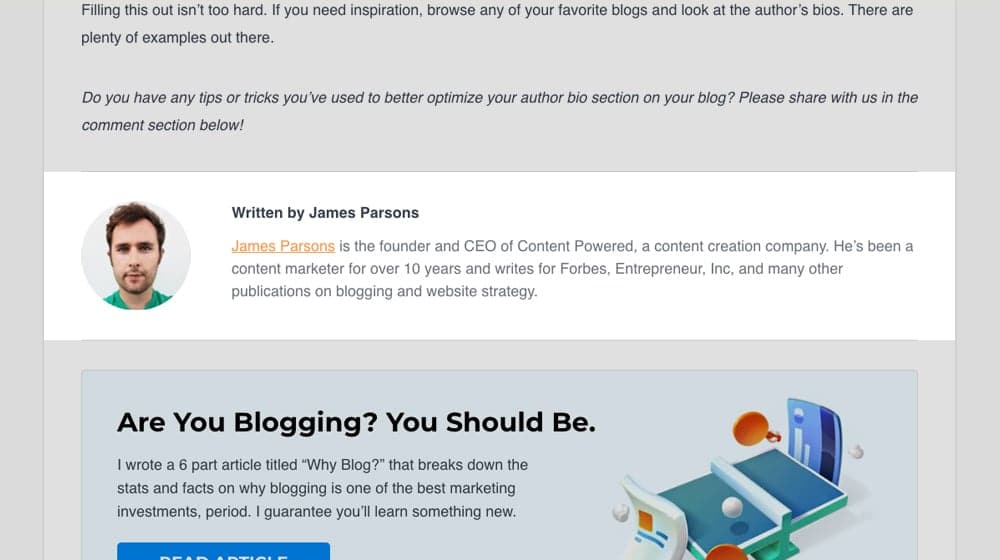
You curate industry news and views, add commentary, add context, and reframe data in ways they can understand; whatever it is, they can only get it from you, and that's something special.
5. Users can view you as a hub to get their news.
If you wanted to keep up with SEO news, which would you choose to do?
- Build a feed of blogs like Forbes, SEORoundTable, Search Engine Journal, Ahrefs, Neil Patel, etc., and check every one of them every day.
- View HypotheticalSEOCurator.com and get all of the essential information from those sites, in one place, with commentary and added value?
I don't know about you, but I'd choose number two every time. I don't have the time in a day to spend checking a hundred different websites, and I'd much rather have someone do the legwork for me and give me a curated feed of exciting and essential content to read each day. And, of course, our hypothetical curator gains a lot of value from being that go-to feed hub.
6. It helps you build relationships with influencers and other brands.
When you curate blog posts, you're delivering value to the people who created that content. It usually counts as a backlink, improves rankings, and drives traffic that could potentially convert for them.

These valuable metrics help you build a relationship with them, which can blossom into a partnership, a sponsorship, or something more.
What Platforms Can You Use to Curate Content?
Now that you know why you should curate content, the next topic of discussion is where you should curate content. There are three primary feeds that you can use to curate content, and each one of them has a different level of engagement necessary to curate successfully. From least to most, they are:
1. Your Social Media Feeds
Social media is practically custom-designed for curation. Facebook, Twitter, Instagram; all facilitate curation in their unique ways. Facebook, for example, requires the most editorialization to get the most out of it. Pinterest is the exact opposite, where you can curate content with zero added value other than being the one forming the collection, and people will still use your boards. Social media is also straightforward for curation, with simple buttons like Share and Retweet available to you at all times and for all content.
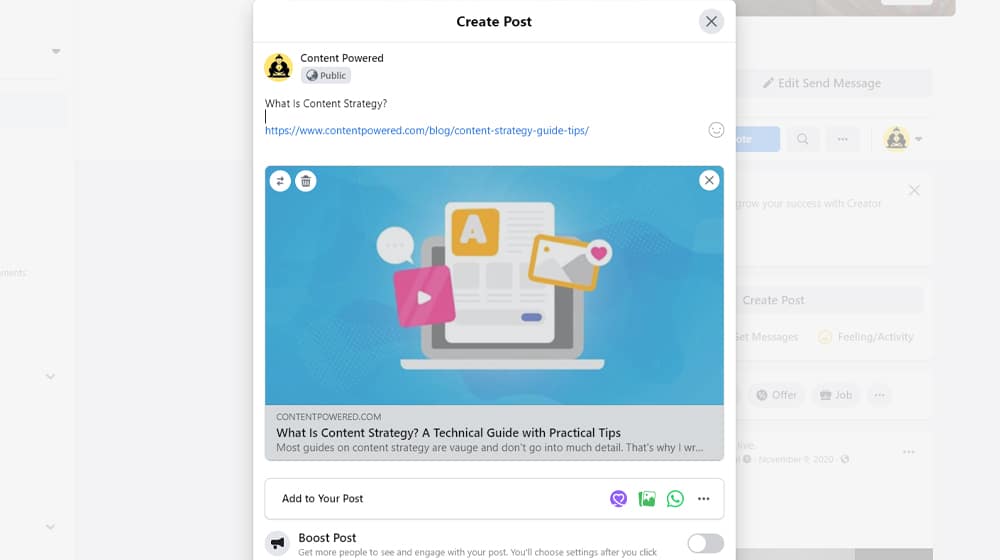
Tools like Hootsuite and Buffer can help you automate your curated content to your followers with scheduling templates.
2. Your Newsletter
Your email newsletter is an excellent route for certain kinds of curation. You have a narrow, tight audience of interested people reading your newsletter, so you need to focus on the content and value you provide with the curation.
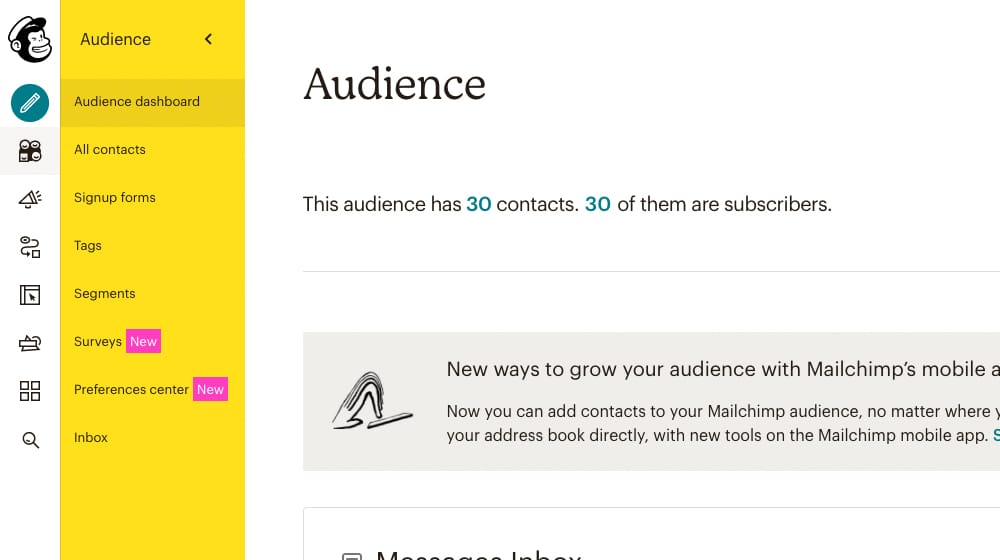
However, since it's not public, you don't have to worry as much about SEO issues and other quirks of content curation that crop up elsewhere.
3. Your Blog or Website
Curating fresh content on your website is very difficult to do right and requires a lot of investment in added value and careful formulation to avoid duplicate content, content theft penalties, or other search algorithm concerns. You need to be curating content, not reposting or stealing content, and that can be a tricky line to draw for some people.

However, since the amount of effort required to create your own content is steep, curating the occasional piece of content can have a hugely beneficial effect on the time you're saving.
How to Curate Content the Right Way
Alright, two essential questions out of the way, which leaves one left: how do you curate content? Luckily, it's not that hard; it just requires two things: the right frame of mine and structure to curation, and the groundwork set up to establish your content feeds.
Ground Rules for Content Curation
First, let's start with the ground rules. You have to follow these, or else you're either not going to get any interest in your curated content, or you're going to fall into a penalty head-first.
1. Always read the content through. One of the biggest problems with modern social media is that people see and react to a headline without reading the full content. It's easy to stir up outrage and get emotional clicks from people, but that's not going to do much good for your brand. Headlines can also be misleading, and the actual blog post might not be what you think it is. Don't get fooled by trolls or share new content that doesn't fit your brand, and don't fall for the clickbait trap.
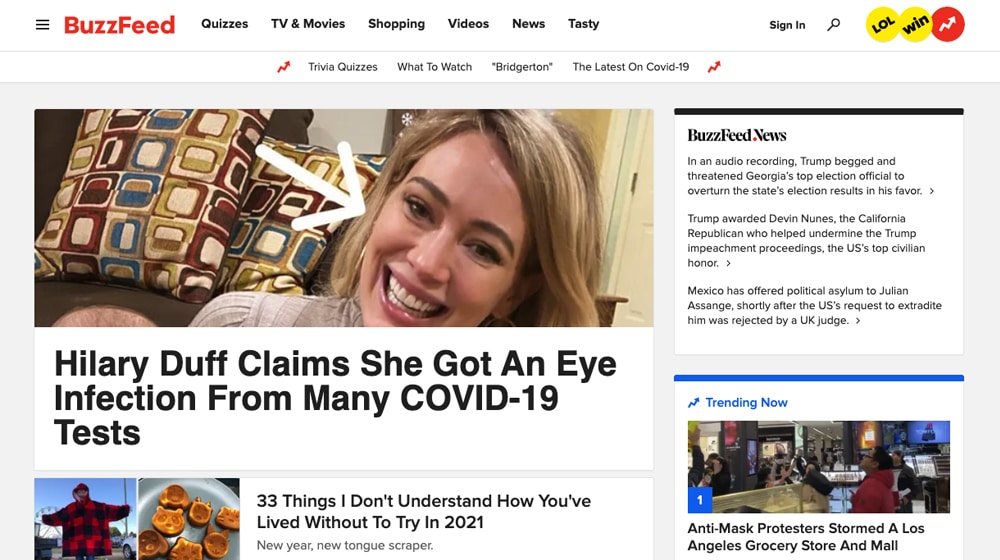
Read every piece you want to share thoroughly, and try to stick with trusted sources if you can.
2. Never wholly duplicate content. Whenever you're curating content, you need to do one of two things:
- Use the platform's built-in system for sharing content with attribution, or
- Curate only a tiny part of the original content, with a link to the rest.
On Twitter, you can retweet with a comment, and that's fine. On your blog, you should copy a short excerpt (possibly the first paragraph of the blog post) with a link to it and focus the rest of your post on added value.
The biggest potential issue you run into here is plagiarized content.
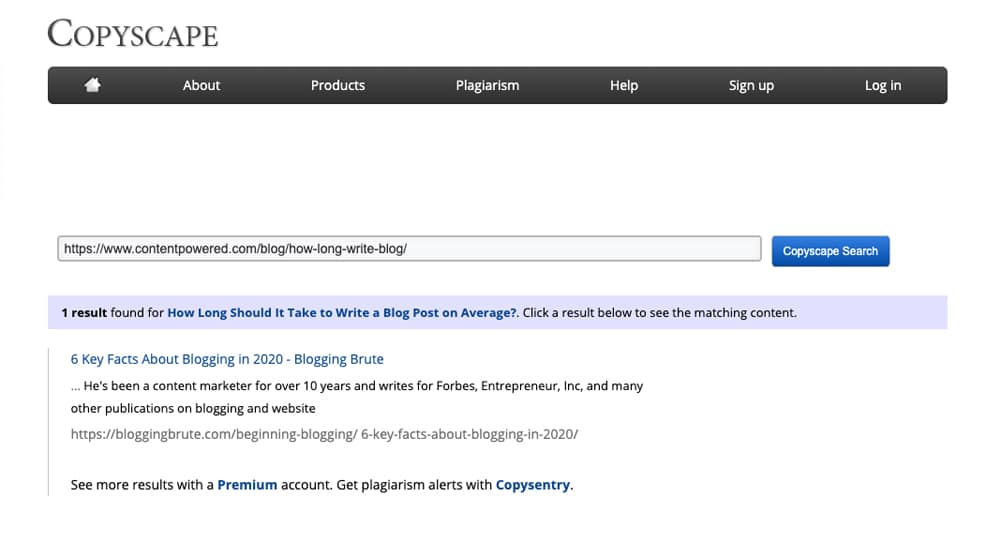
If you're copying an entire piece of content, you're syndicating it, or you're stealing it, and neither of those is quite where you want to be with curation.
3. Always give attribution to the original author. Again, curation is all about adding value to a piece of content, and that means you need to share the original content with attribution so people can view it themselves. If you're copying content without attribution, you're just stealing it.
4. Aim for content sources your readers don't know about. One of the secret tricks to content curation right here. Everyone in marketing knows about the Ahrefs blog, so curating content from Ahrefs isn't going to be very valuable unless you have some significant added value of your own. But, if you find helpful content from Bob's SEO Depot, which gets 1,000 hits a week, not many people are likely watching it. By sharing a variety of sources, you benefit them more, you get to add value in a more meaningful way, and people will be more interested to see content they haven't seen before.
5. Add something of value. I've written this a dozen times so far in this post, and I'm writing it again. Content curation requires you to add value. Content curation requires you to add value. Content curation requires you to add value. Are you with me so far?
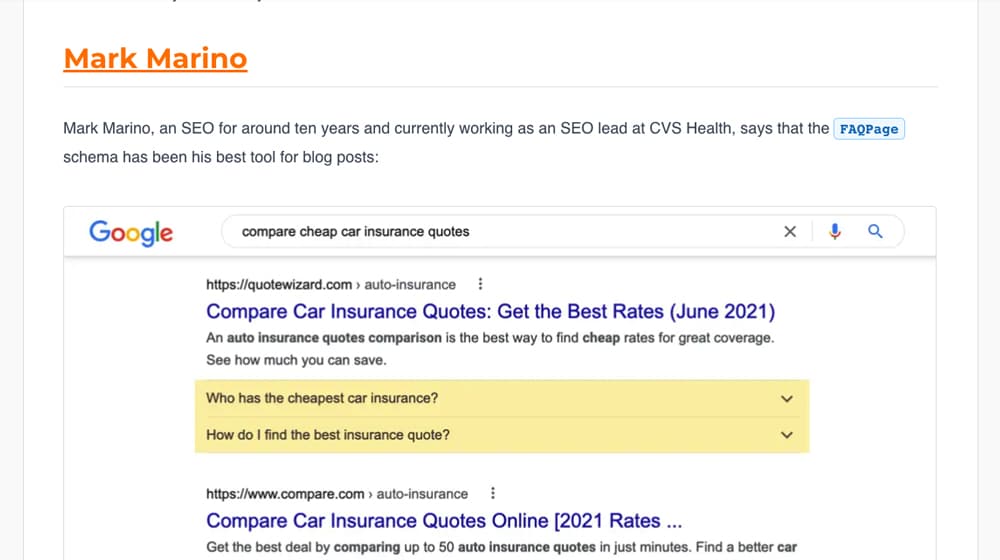
The value you add can come in different forms, and sometimes it doesn't need to be a lot of value, but it has to be there. Value-added content includes:
- Turn your website into a hub. People will value checking one location instead of many to get their industry news; that's why industry publications exist.
- Unique thoughts and opinions. If you're a thought leader and have something interesting to say on a subject, content curation is an excellent vehicle to convey those thoughts.
- Added context. Context is particularly worthwhile for curating biased blog posts; you can add context and reframe a statement differently. For example, if someone tweets that "500 people are being fired for X reason", you can reframe it as "500 out of 1 million people, or .05% of the workforce" to help fight back against outrage clicks.
Different kinds of content and different platforms can benefit from various types of content and added value.
Finding Content to Curate
One of my tips above is to find content to curate from sources your readers aren't already reading. Curating content from Forbes, or CNN, or Ahrefs, or what have you, doesn't do a lot for you. Heck, platforms like Facebook even truncate repeated shares of the same content from multiple people on your feed, so if you're not the only one curating the content, your additions might not even be visible to a good chunk of your target audience. So, where should you look?
1. Social media feeds. Social media is an excellent resource for curating content. Look for LinkedIn or Facebook accounts that aren't top-tier names, or look for particularly insightful individuals. With social listening tools like Buzzsumo, you can monitor industry-related keywords to find social media content that most people miss.
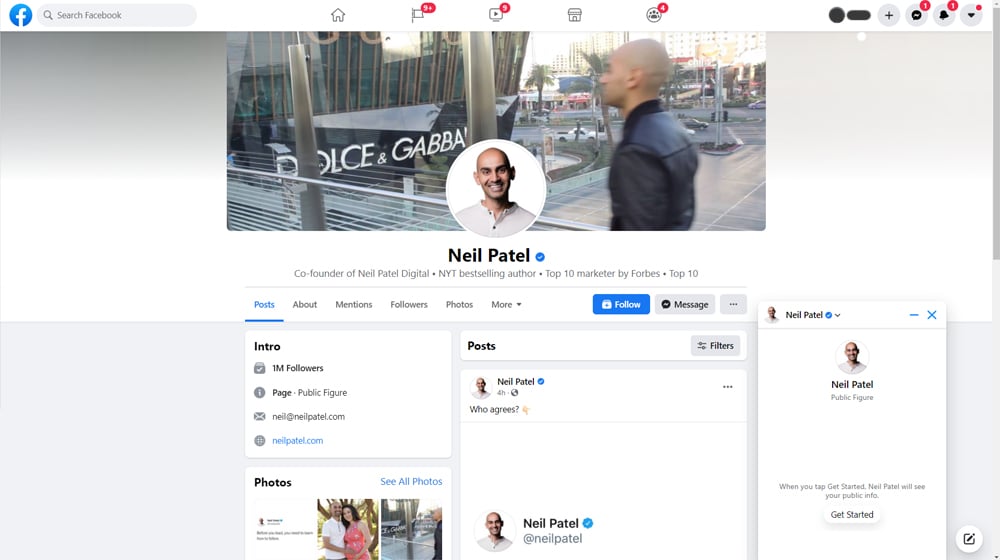
2. Newsletters. Subscribe to newsletters from brands, particularly smaller brands, to gather inspiration. Industry newsletters are also a great way to get a digest of interesting and relevant content.
3. Other curators. Every industry has people who spend 60-90% of their time curating content, and those accounts can be good aggregation resources for you. Even if you're curating some of the same stuff they are, you can add more value than they probably do.
4. Niche publications. Young magazines, small blogs, zines; these are the bread and butter of curation. You'll want to build up a list of these as you find them and check for posts they publish that aren't just the posts that go viral.
5. User-generated content. You can monitor user-generated content, but you can also solicit it. Using Twitter hashtags and Twitter chats is a great way to do this. Host a conversation about a specific topic, and curate the best responses you find. Alternatively, use Twitter search to crawl discussions on popular subjects in your industry.

6. Paywalled content. This one you have to be careful with. You can't just share paywalled blog posts for free, but you can curate some value out of it and refer people to the source for more information. You do have to pay for it, though, which makes some people less interested in using it as a source.
7. Content curation tools. Software like Feedly is excellent for collecting Atom and RSS feeds from top blogs and pulling in real-time updates from those sites. As soon as one of them publishes breaking news, they'll notify you, and you can quickly curate your content based on this new information.
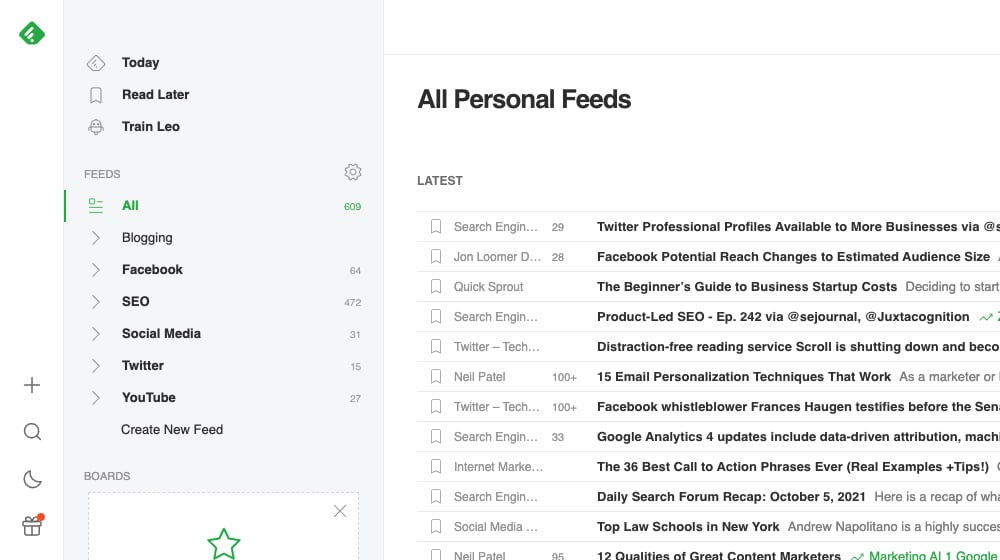
Saving a site to Feedly also serves as a bookmark, where you can sort them into folders to visit later. You could also look into more specialized automation software like Curata, which does most of this work for you.
Pick a Content Curation Ratio
What is your ratio of curated posts to original content? That depends a lot on your brand, your position as a thought leader, the value you add to the content, and how your audience supports it.
I recommend starting at about 60/40. For every six original pieces you publish, you can curate four pieces. However, this varies depending on the platform. For social media, if you're tweeting five times a day, two of those can be your posts, and three can be curated, or you can skew it further. And, of course, there are accounts out there that tweet dozens of times per day, and that gives you more flexibility.

For blogs, I recommend a lot less curation. If you post three times per week, you should probably limit your curation process to once every two weeks. Of course, that also depends on the value you add. A weekly roundup post is an example of valuable content curation done right, and that can be a core part of your content marketing strategy, so it varies.
Monitor User Engagement and Interest
The key to everything in marketing is adjustments. No strategy will work indefinitely, and you'll have to change and adapt to the whims of your audience, the will of the market, and the rules of the search engines.
So, monitor your content curation efforts. Do they do well?
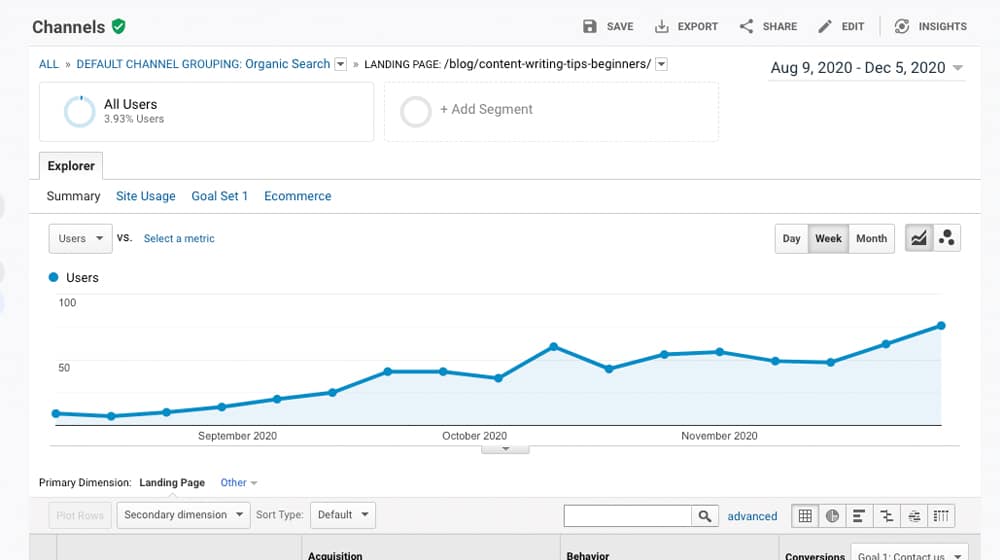
Can you curate more and get more value, or do you get better returns if you curate less? The answer will vary from brand to brand, so the key is monitoring it all and incrementally changing to find the best balance.
Update: New Advancements in Content Curation
There are a few new trends that have emerged in the past year, and I'm sure we'll see more of these:
- Artificial Intelligence: Things like ChatGPT are making it very easy to curate content. I've written about AI tools at length; they start to fall apart the more that AI writes, but what about if you have AI write short sections? It is more confident and accurate in short bursts. It's not going to replace writers any time soon, and you need to review and fact-check your content carefully, but it can certainly assist with content curation, especially with AI-powered tools like Clearscope.
- Automated Content Curation: Tools for automated content curation could have become more sophisticated, allowing businesses and individuals to save time while still providing relevant and high-quality content to their audiences. This strategy is nothing new; think about what Yelp is doing with its content pages. Those pages are automatically generated, and they are carefully sorted and curated by their software. Still, it can get you into trouble if you're not careful. Google has gone back and forth about automatically-generated content, but for now, it seems that as long as the results are helpful to users, they will be rewarded. We can likely expect search engines to change their stance on this type of content as it evolves over the coming years.
So, there you have it; my ultimate guide to content curation. I know it's somewhat vague on specifics in a few ways, and that's fine. If you have specific questions, feel free to ask them. The truth is, content curation is highly variable from brand to brand, so it's difficult to give any single strategy to help you succeed. Just give it a try, adjust as necessary, and learn as you go.



 30 Second Summary
30 Second Summary



April 28, 2022
We've been doing the 60/40 ratio for a few months now. Should we keep at it or keep being flexible and adjust?
April 29, 2022
Hi Danny!
Your engagement will help steer the direction of your content based on what your readers are enjoying and what they're glossing over.
There's nothing wrong with sticking to this 60/40 starting point long-term if it's working for you!